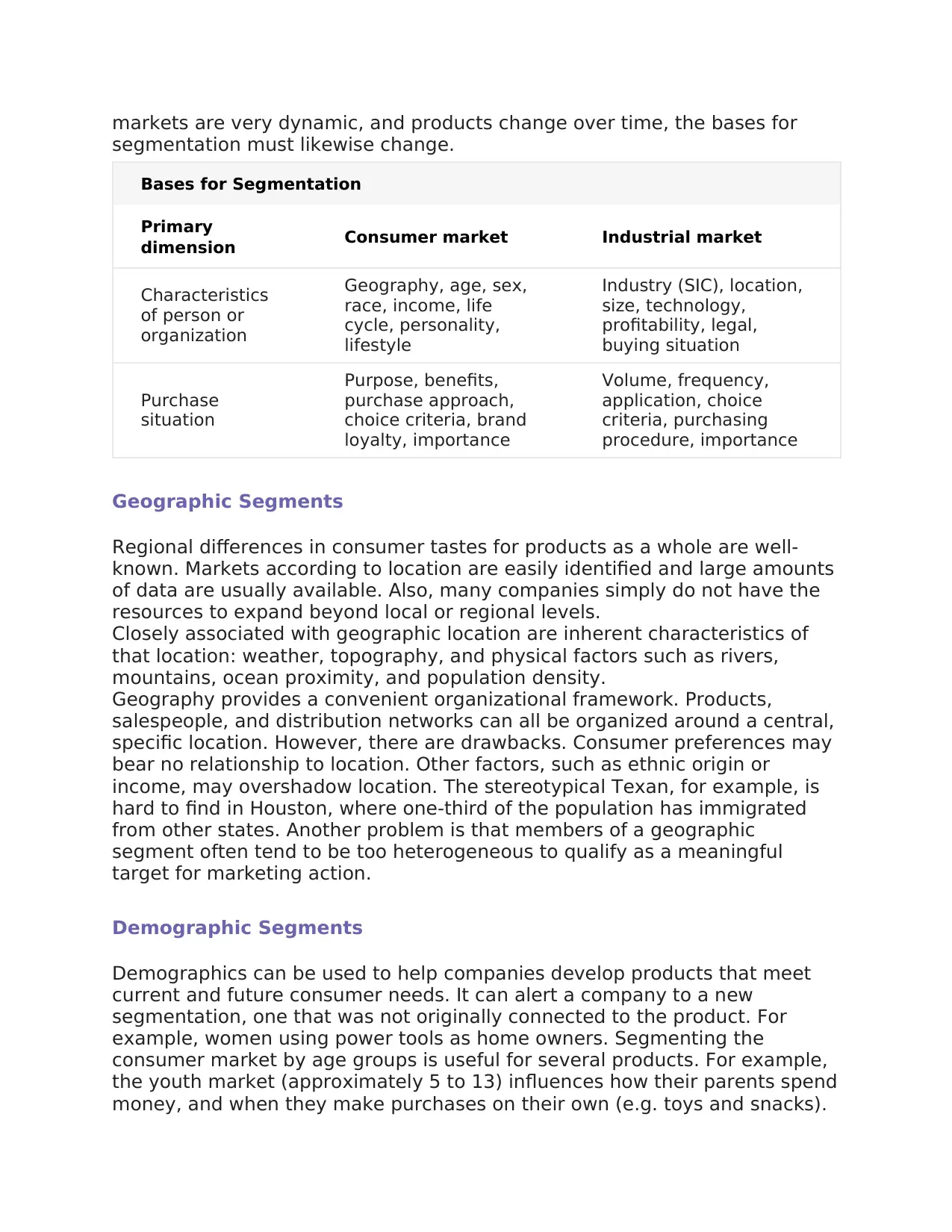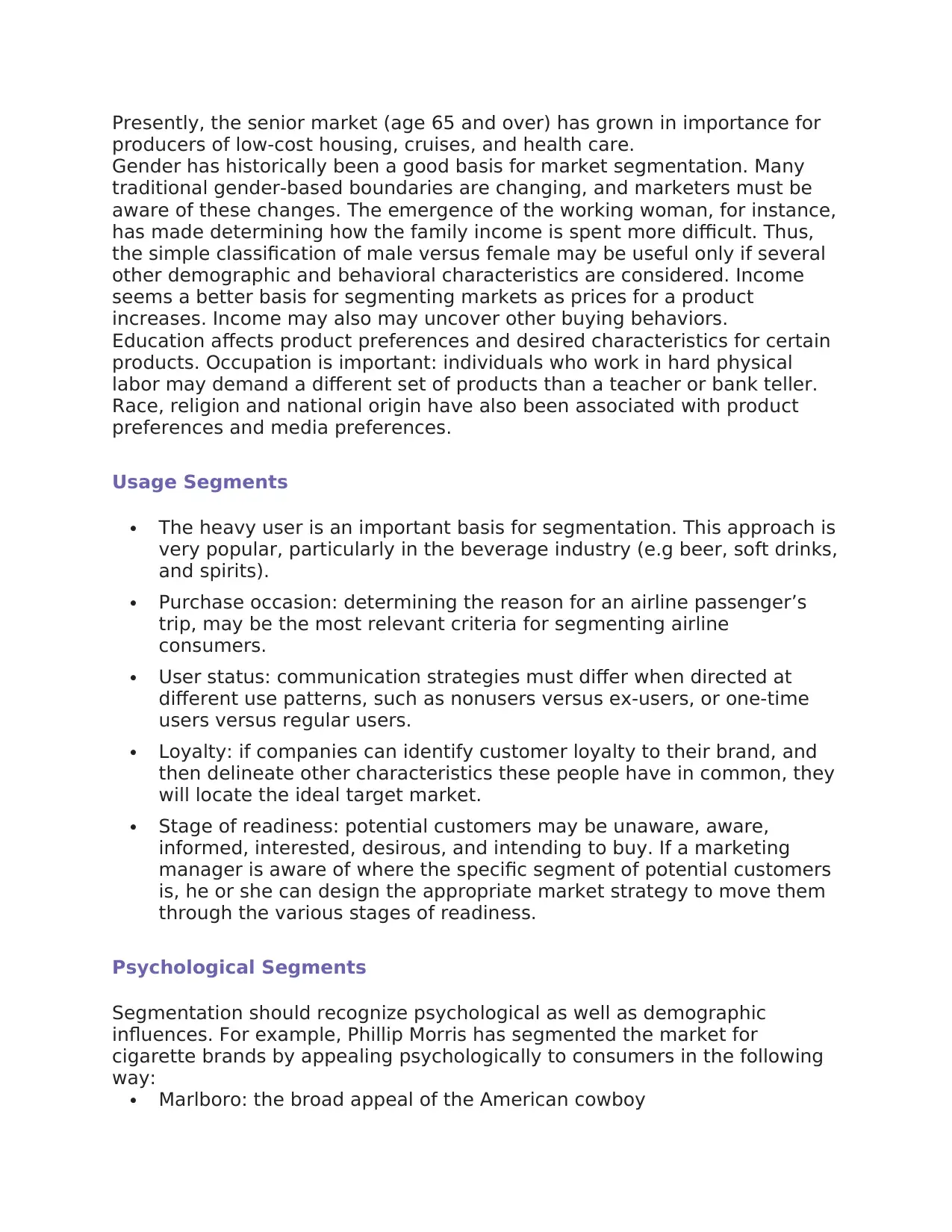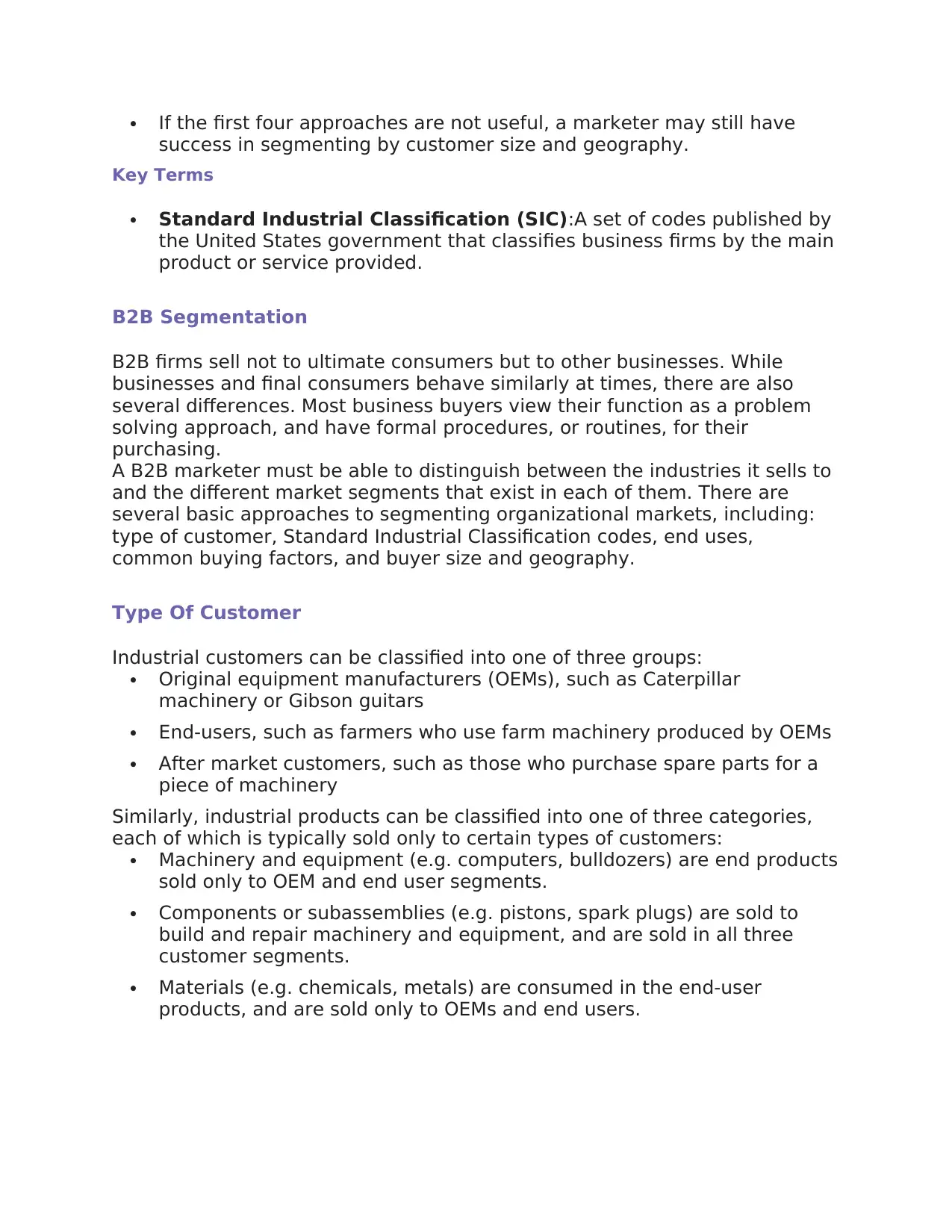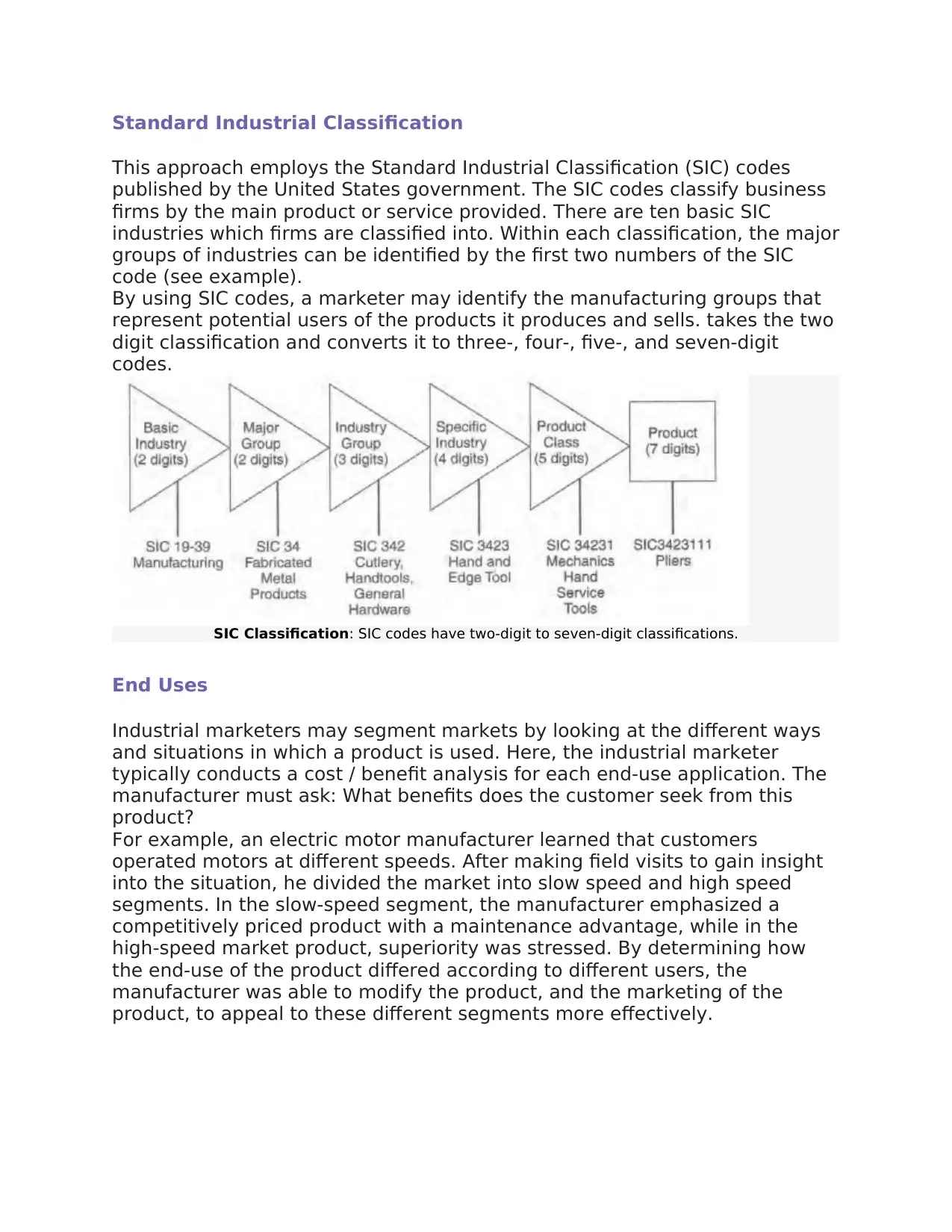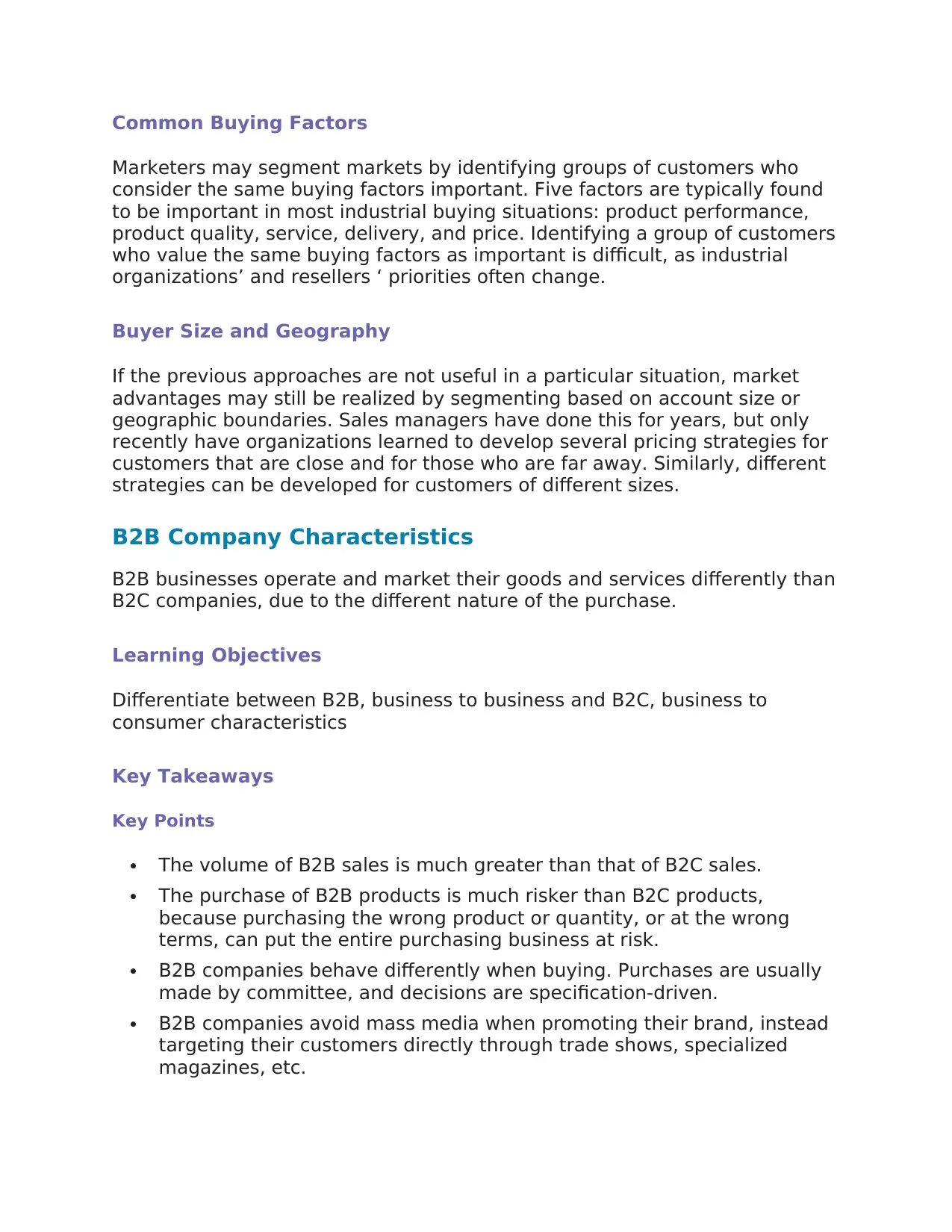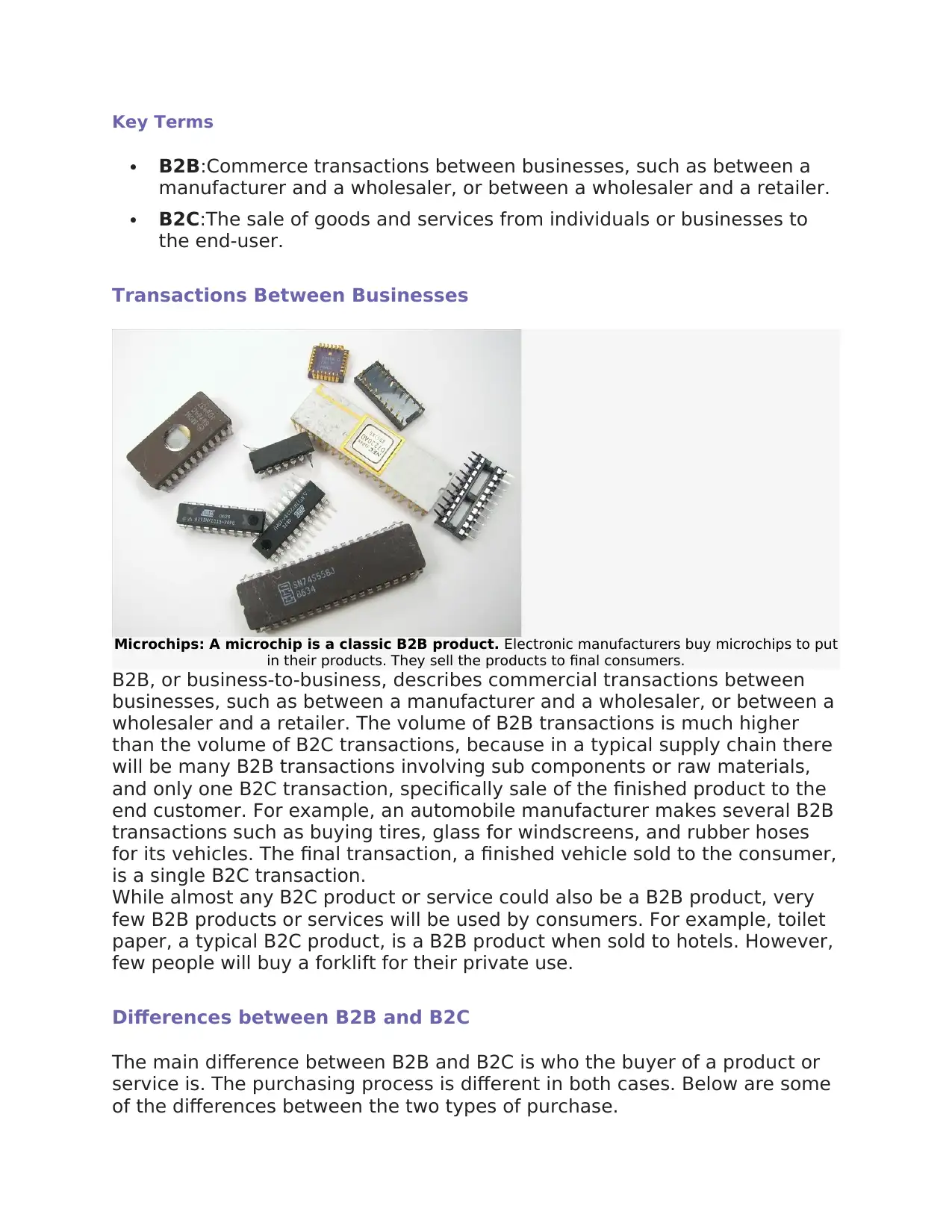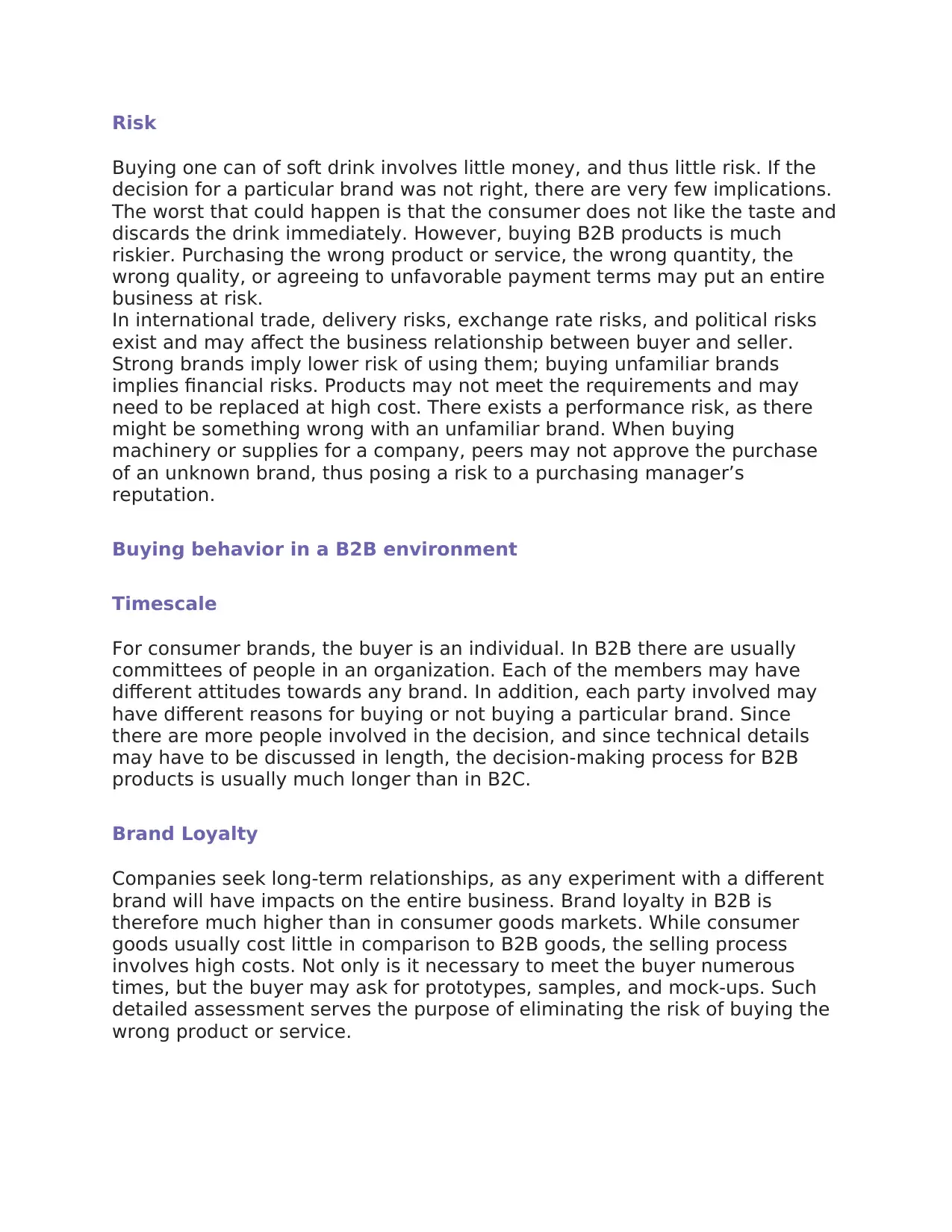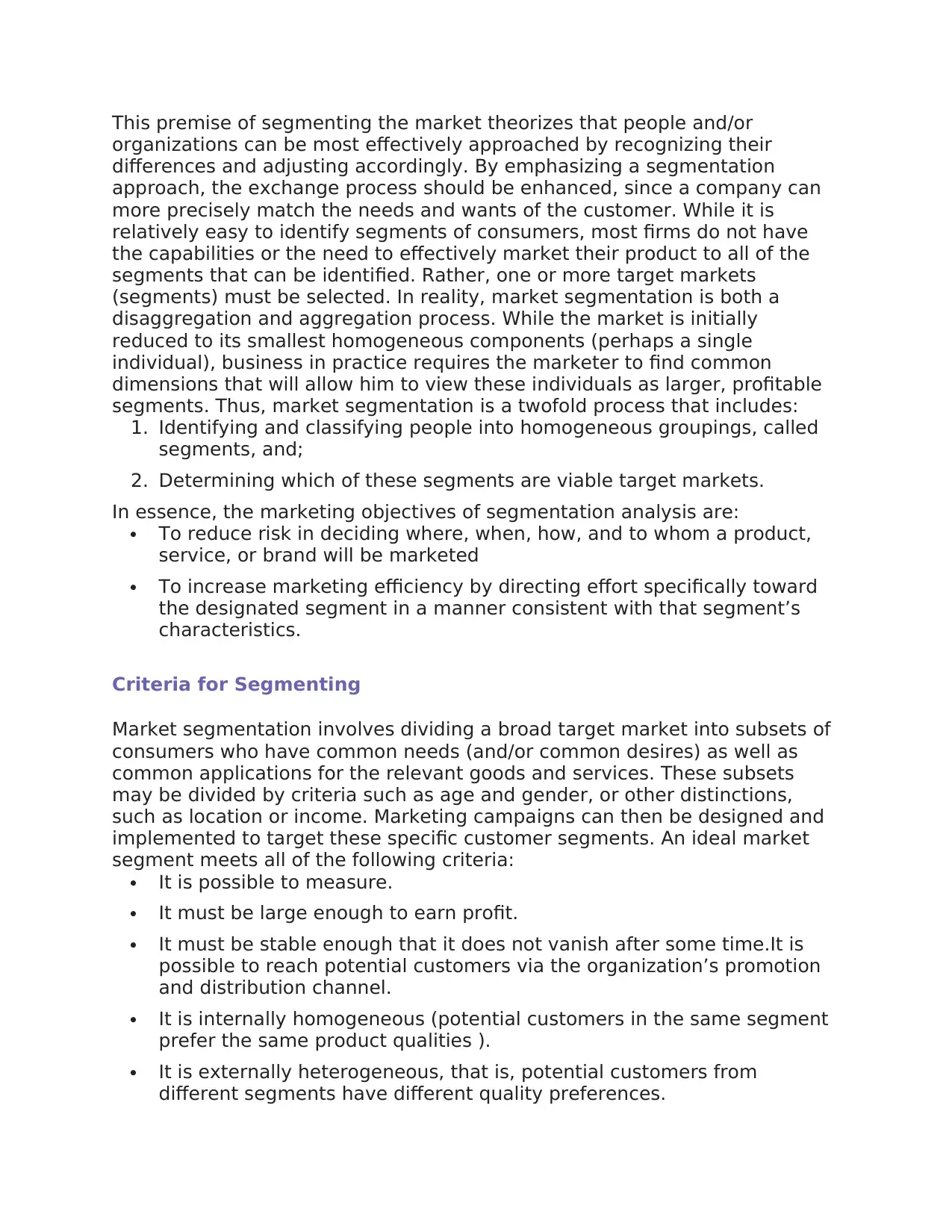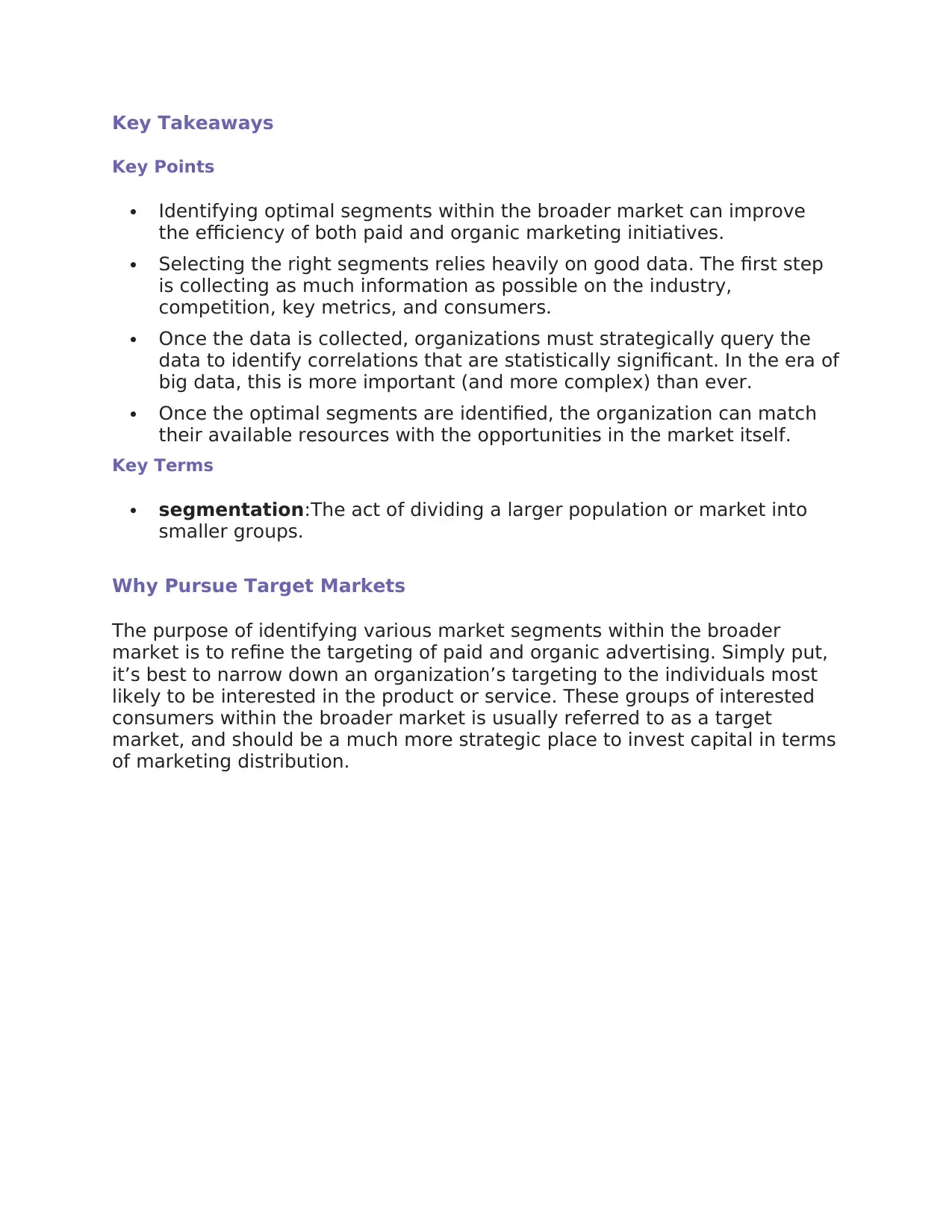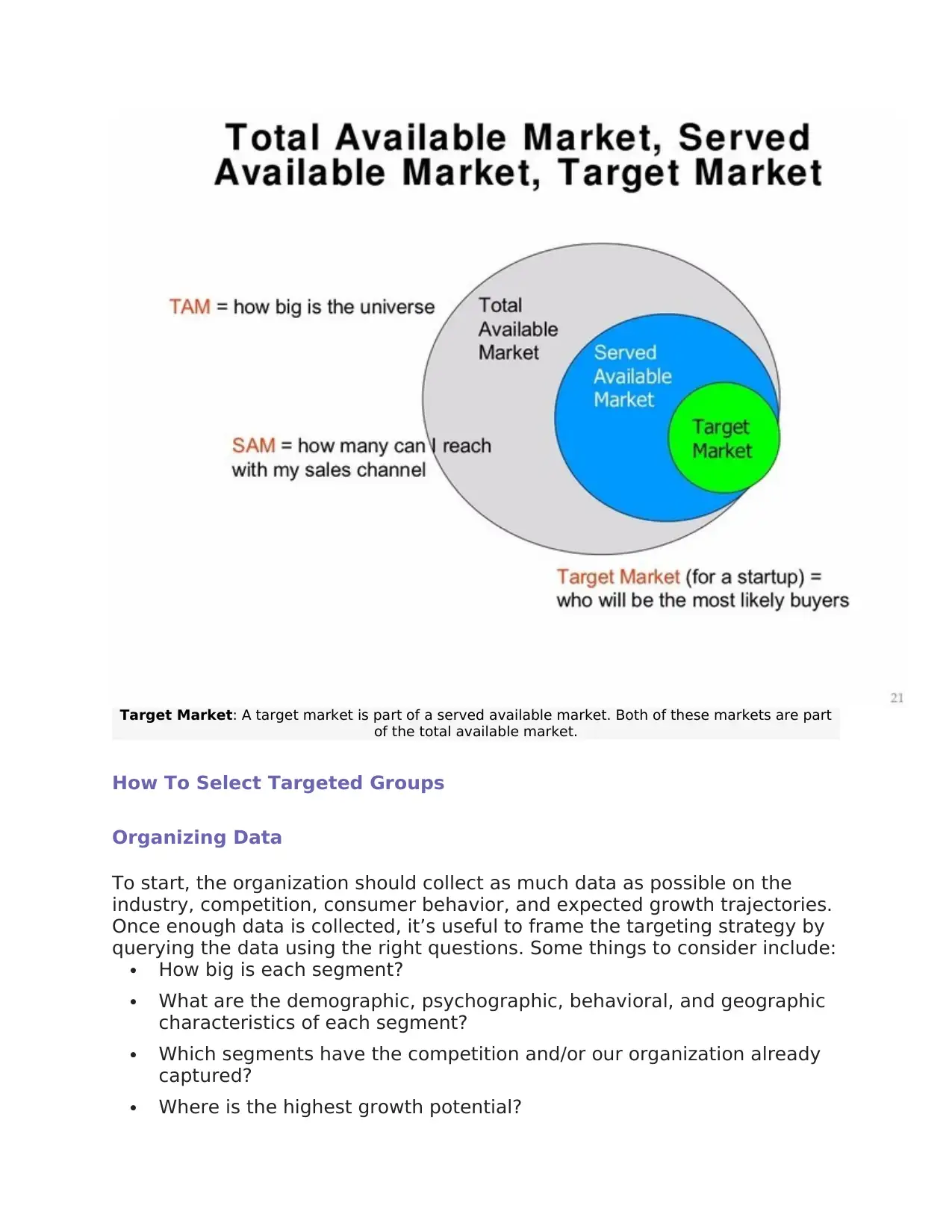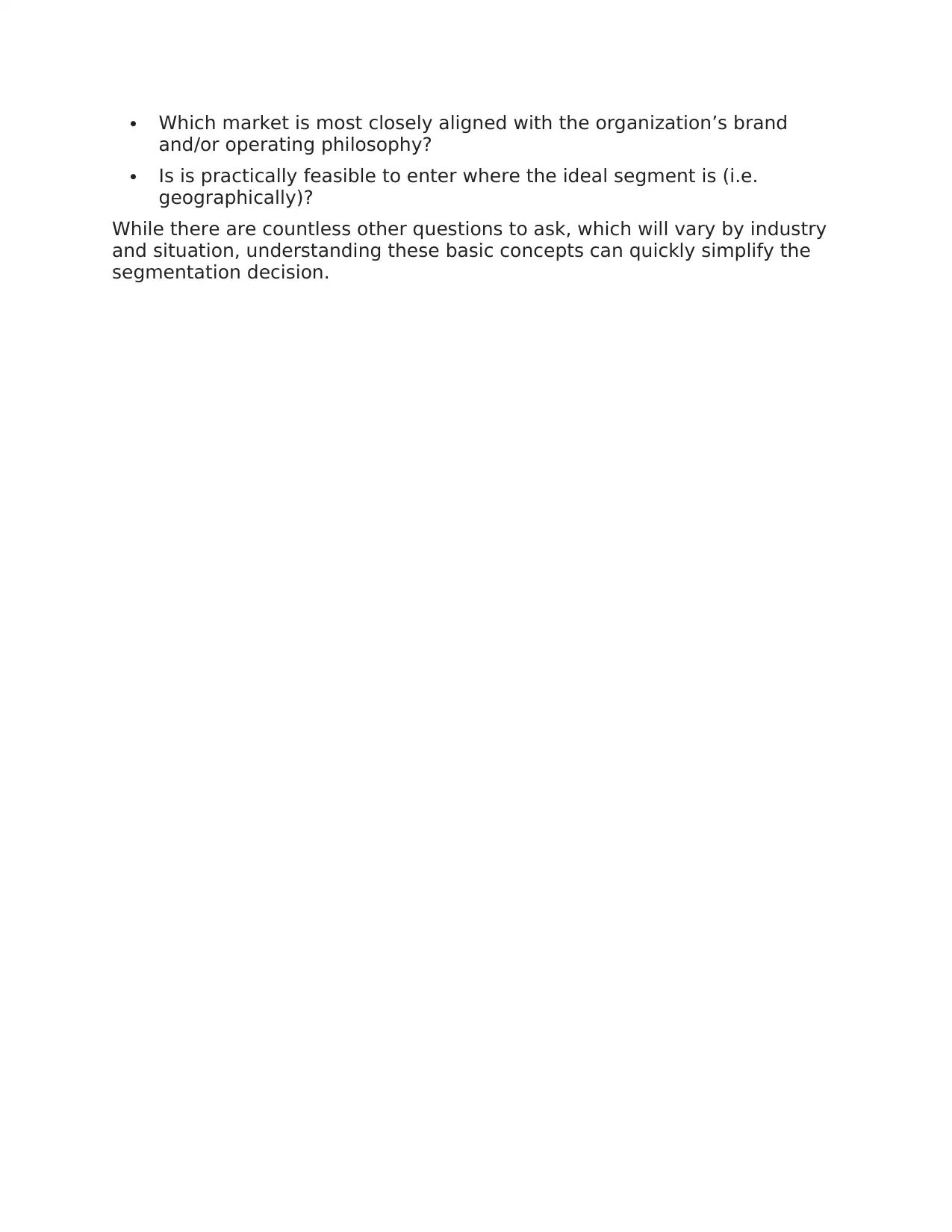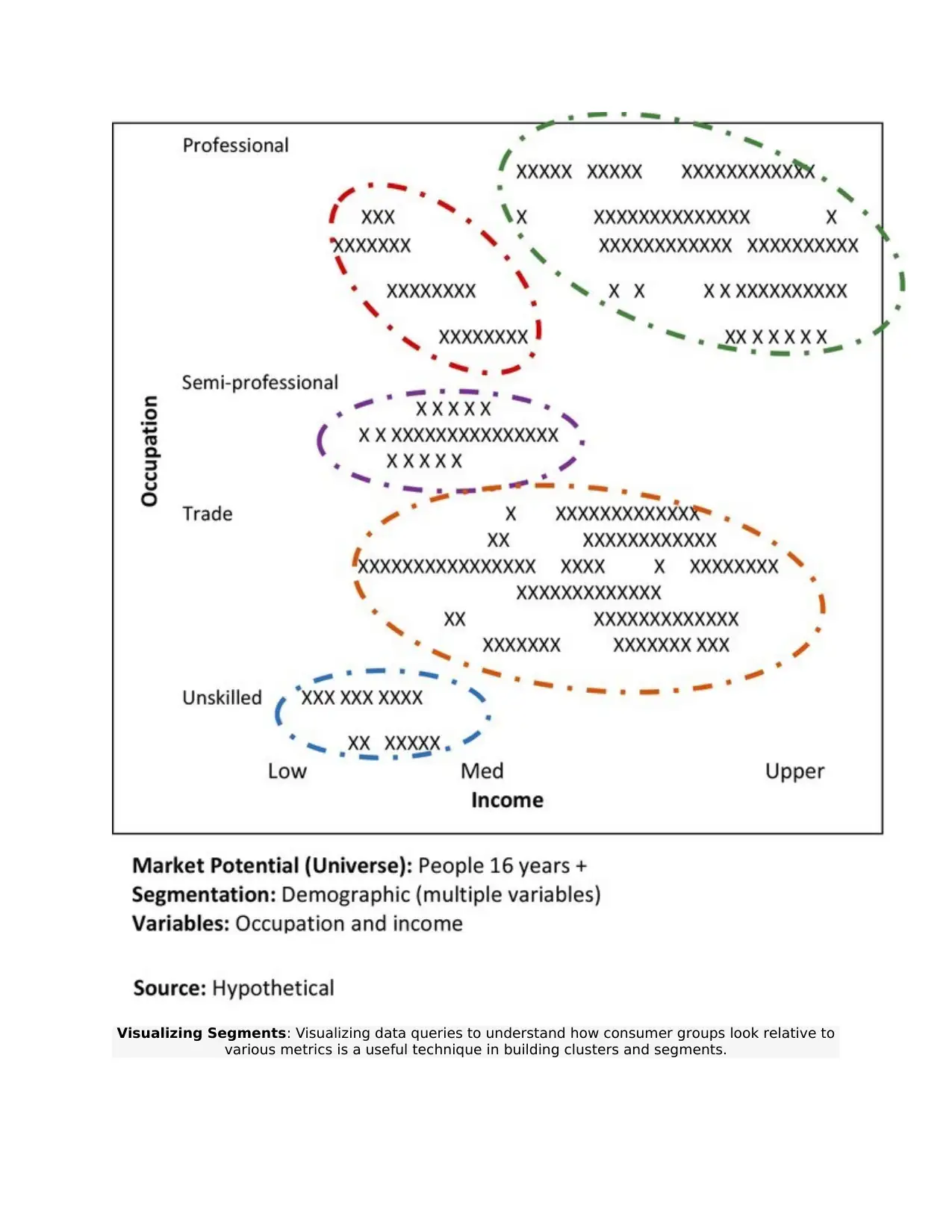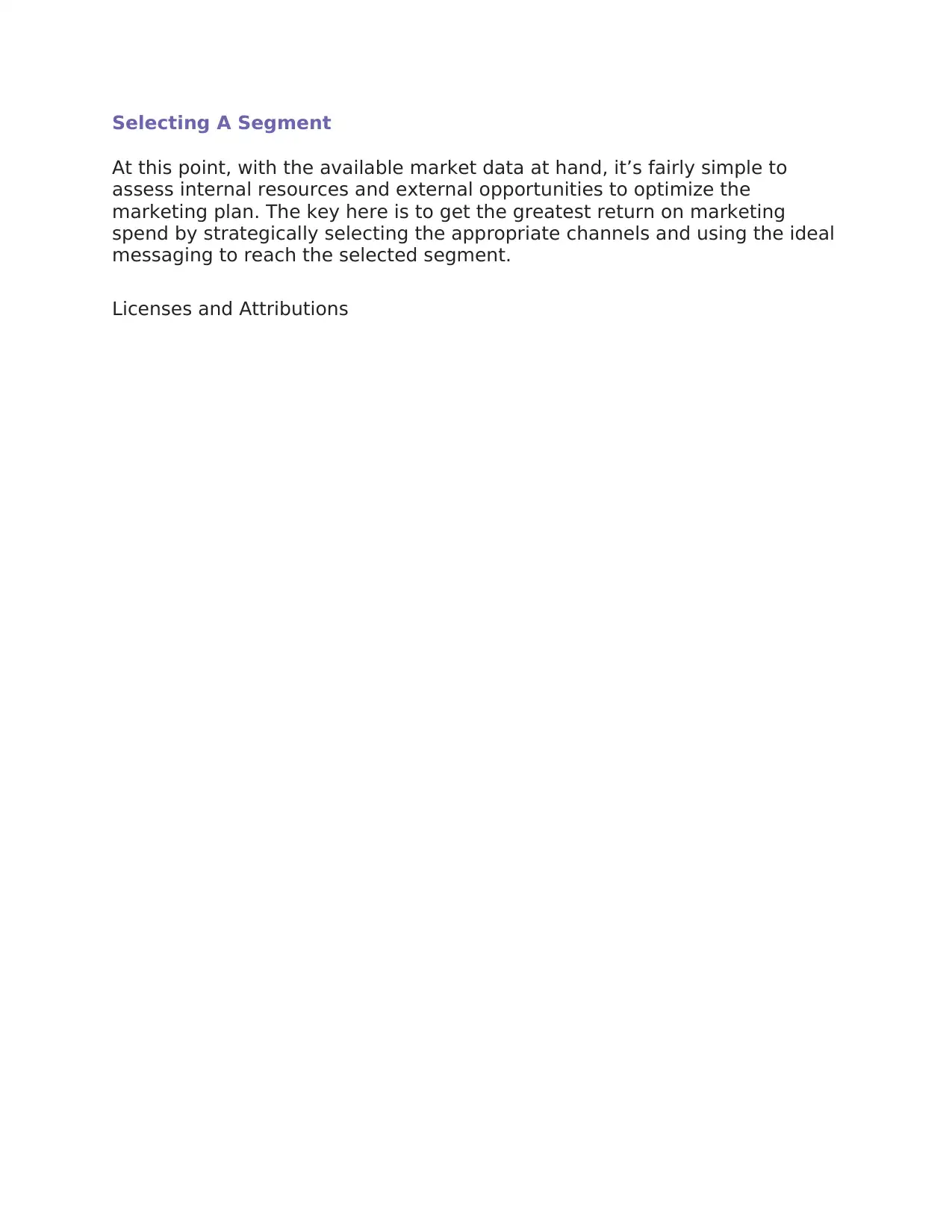The importance of market segmentation lies in acknowledging that people within markets are different, requiring marketers to respond to these differences by identifying and classifying consumers into homogeneous groupings (segments) and determining which segments are viable target markets. Market segmentation involves dividing a broad target market into subsets of consumers who have common needs or desires, allowing for more precise matching of the product or service to customer needs. The criteria for segmenting include being possible to measure, large enough to earn profit, stable, reachable via promotion and distribution channels, internally homogeneous, externally heterogeneous, and responsive to market stimulus. Two major segmentation strategies are concentration (focusing on one market segment) and multisegment (targeting multiple segments). By selecting the right target markets, organizations can optimize their return on investment.
![[object Object]](/_next/static/media/star-bottom.7253800d.svg)
![[object Object]](/_next/static/media/star-bottom.7253800d.svg)

